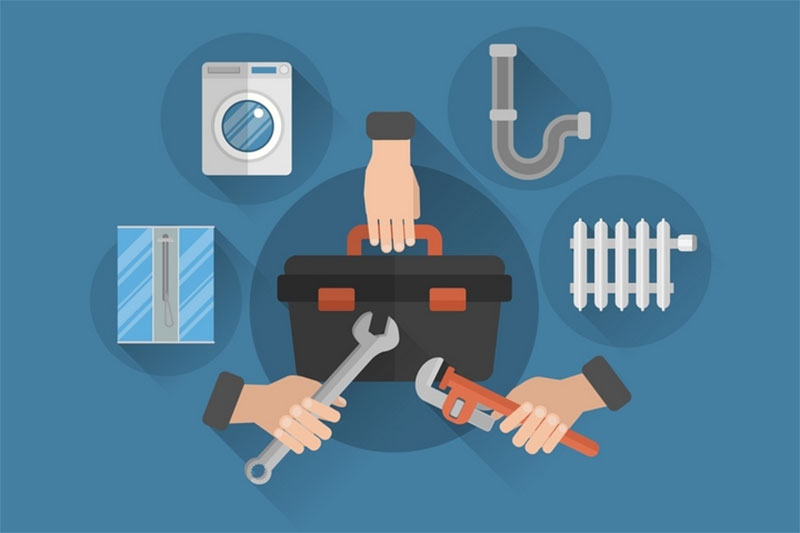Introduction:
Dealing with obstructed drains is a prevalent household issue that can escalate into a significant emergency if not dealt with promptly. This article explores the recognition of signs indicating a clogged drain, the common causes behind these obstructions, and practical methods to manage unforeseen drain-related crises.
Signs of a Blocked Drain:
1. Slow Water Drainage: The initial sign of a blocked drain is slow water movement from sinks, showers, or bathtubs.
2. Audible Gurgles: Gurgling sounds, such as flushing the toilet or using a sink, may suggest a potential drain blockage.
3. Unpleasant Odors: Unpleasant smells emanating from sinks or drains can result from trapped debris and sewage.
4. Water Overflow: When water overflows into other fixtures while using one, it indicates a deeper blockage within the drain system.
Common Causes of Sudden Blockages:
Understanding the fundamental reasons behind abrupt drain blockages is crucial for preventing them:
1. Foreign Debris: Items like hair, soap residue, toiletries, and small objects can unintentionally enter drain systems.
2. Grease and Fat: Pouring grease or fat down the kitchen sink can contaminate the drain
pipes over time, leading to clogs.
3. Tree Roots: Tree roots searching for moisture can infiltrate underground drainage systems, causing obstructions and structural damage.
4. Hard Water Deposits: Hard water can lead to the gradual buildup of mineral deposits, restricting drain flow.
5. Flushing Non-Flushable Items: Diapers, wet wipes, and cotton balls can cause
blockages in toilet plumbing.
Addressing Sudden Drain Blockages:
Take prompt action to prevent further damage when faced with an unexpected drain blockage:
1. Use a Plunger: Achieve a secure seal over the drain and employ a plunger to dislodge simple blockages.
2. Baking Soda and Vinegar Solution: Combine baking soda and vinegar to create a solution, then pour it down the drain to effectively dissolve clogs. Let the mixture sit undisturbed for a few hours before rinsing it with hot water.
3. Drain Snake or Auger: Use this flexible tool to reach and dislodge deeper blockages within the drain.
4. Chemical Drain Solutions: Use commercial drain cleaners as a last resort, with caution, as they can be abrasive to plumbing and the environment.
5. Professional Assistance: If you cannot clear the blockage or suspect a more significant issue, contact a professional plumber with the necessary tools and expertise.
6. Routine Maintenance: Prevent sudden drain blockages by adopting regular maintenance practices, including cleaning drain stoppers, using drain filters, and scheduling professional inspections.
Household Awareness:
Educate your family members about responsible drain usage to prevent accidental blockages.
Outdoor Drainage:
Remember to maintain outdoor drain systems. Regularly clear away leaves, debris, and soil to prevent blockages and water backups.
Conclusion:
By recognizing the signs of a blocked drain, understanding common causes, and applying appropriate methods to address blockages, you can maintain a well-functioning plumbing system. Regular maintenance, responsible drain usage, and educating household members are essential steps to prevent emergency drain blockages and ensure the long-term health of your plumbing.
Follow HomeInside for more!
